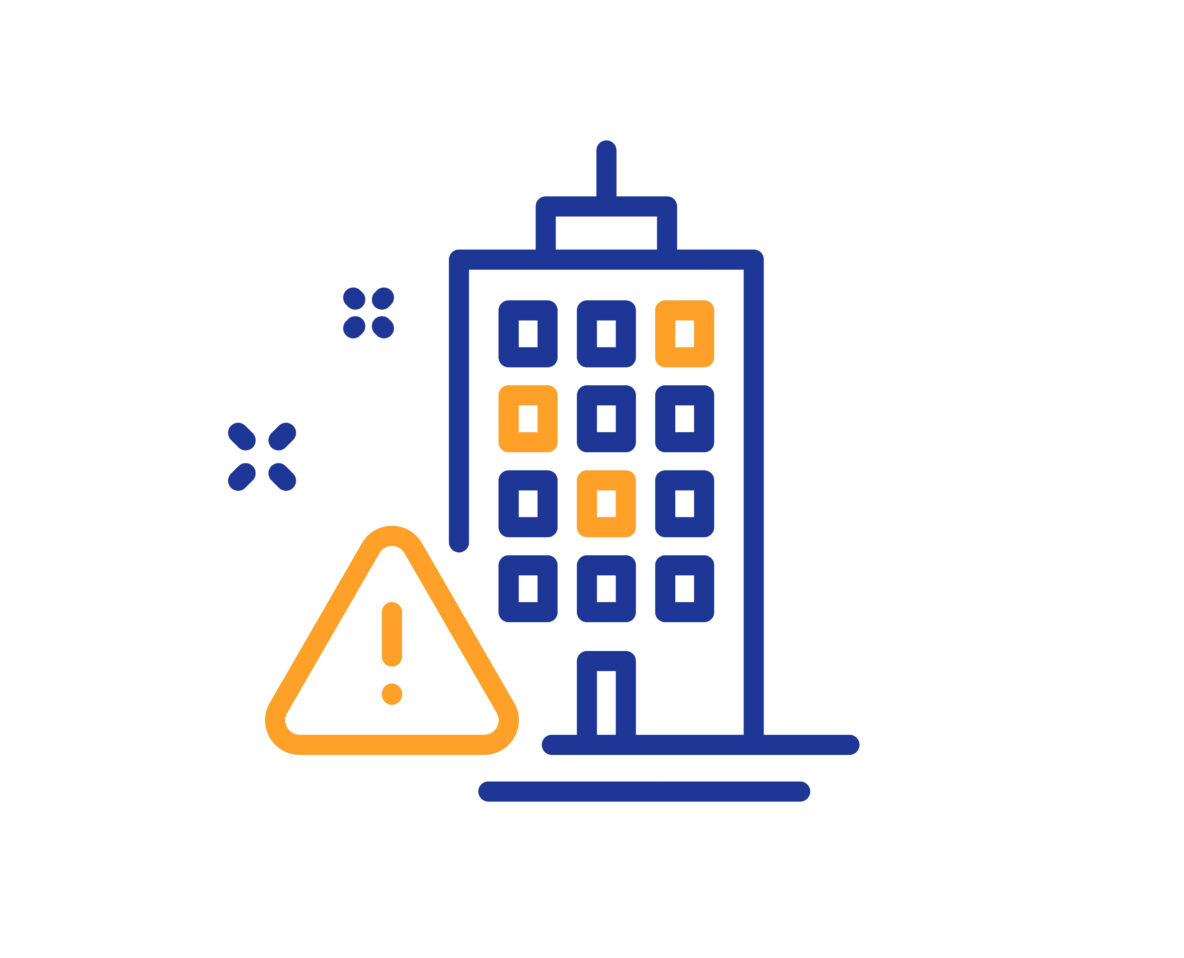Changes to Building Control Legislation
Following the Grenfell Tower fire tragedy in 2017, an independent review was carried out by Dame Judith Hackitt to look at building and fire safety in the UK.
The Building Safety Act 2022
The findings
Following the review, the Building Safety Act 2022 came into force from 1st April 2023 to improve the governing of buildings to ensure better safety focusing primarily on higher-risk buildings (HRBs). The review stated that fire safety in HRBs was insufficient. Change would be necessary to establish the responsibilities of building owners and those responsible for building maintenance and safety.
In essence, the Building Safety Act 2022 has been introduced to change the culture and behaviour towards building safety and to establish accountability from the entire supply chain. In her interim report to MPs, Dame Judith said, “I am convinced of the need for a new intelligent system of regulation and enforcement. A cultural and behavioural change is now required across the whole [construction] sector to deliver an effective system that ensures complex buildings are built and maintained. The mindset of doing things as cheaply as possible and passing on responsibility for problems and shortcomings to others must stop. Changes to the regulatory regime will help, but on their own will not be sufficient unless we can change the culture away from one of doing the minimum required for compliance, to one of taking ownership and responsibility for delivering a safe system throughout the life cycle of a building. At the heart of this required change is a shift of ownership.”
What has changed
Following the initial passing of the Building Safety Act, secondary legislation, Building Regulations Act (Amendments) England 2023, came into effect on 1 October 2023. This amendment introduced changes to the 2010 Regulations by outlining the greater responsibility placed on duty holders and all construction professionals. Duty holders are any individual involved in the design, construction or modification of a building that falls under this legislation. This term includes the client, designers and contractors, and it is now their obligation to verify the competence of the people brought in on a building project. This is done through planning, managing, and monitoring activities in relation to the building regulations. Everyone throughout the supply chain is now accountable and must have measures in place to assess their competencies. If they are unable to fulfil their role due to lack of competency, it is their duty to report this up the chain to avoid issues being attributed to an individual.
How it affects 3-Space clients
There are a few changes in the way that we notify our building inspectors regarding the start date and commencement of work, however the greatest change is that, at the end of the project, a compliance declaration form must be signed by the client, principal contractor and principal designer. This allows the final certificate for the project to be issued confirming that works undertaken comply with building regulations. By signing this declaration, shared accountability is established.
If you would like further clarification on the new regulations and how they will impact your projects, please get in touch with us at hello@3-spaceuk.com.





